The iPhone XR is the last of its kind – it still
uses an LCD screen. But it is a tall screen (19.5:9) so you get slightly more
surface area than an iPhone 8 Plus, even when you account for the notch. Apple has a new name for this
display - Liquid Retina. Name aside, the pixel density is the same as the
iPhone 8 Retina display (326ppi), resolution is 822 x 1,1792px (so below
1080p). This LCD panel did gain the 120Hz touch sensing (not to be confused
with a 120Hz refresh rate) and wider color gamut of its AMOLED-based siblings.
There’s another holdout from previous generations –
the single camera – making this more of a successor to the iPhone 8. If you
were hoping for a more compact model (say, an SE sequel), you’re out of luck.
In fact, here's how it compares size-wise with the 8 Plus.
That single camera is essentially the main module of
the XS camera. It has the larger 1.4µm pixels and all the advanced shooting
techniques (Smart HDR, adjustable bokeh) that the Apple A12 Bionic chipset
enables. Yup, this one uses the same chipset as the iPhones that cost US$ 250
more. Apple did drop the Touch ID fingerprint reader in favor of the Face
ID scanner, so its 2018 offerings are consistent on that count. In fact, all
three iPhones use the same new True Depth camera for Face ID.
The XR is the more budget-conscious model so its
storage tops out at 256GB, though the base is the same – 64GB. There’s 128GB
middle step as well. The iPhone XR evokes memories of the 5c with its boldly-colored
exterior. Apple is offering Blue, Yellow, Coral, Black and Product Red.
The 64GB version of the iPhone XR be available for US$ 750/€ 849/£ 749. You'll be able to pre-order it on October 19 and units will
ship out on October 26.





